Repiping is a significant plumbing procedure that involves the replacement of old, damaged, or deteriorated pipes within a building or home. The process is essential to address a range of issues, including leaks, corroded pipes, low water pressure, and outdated plumbing systems.
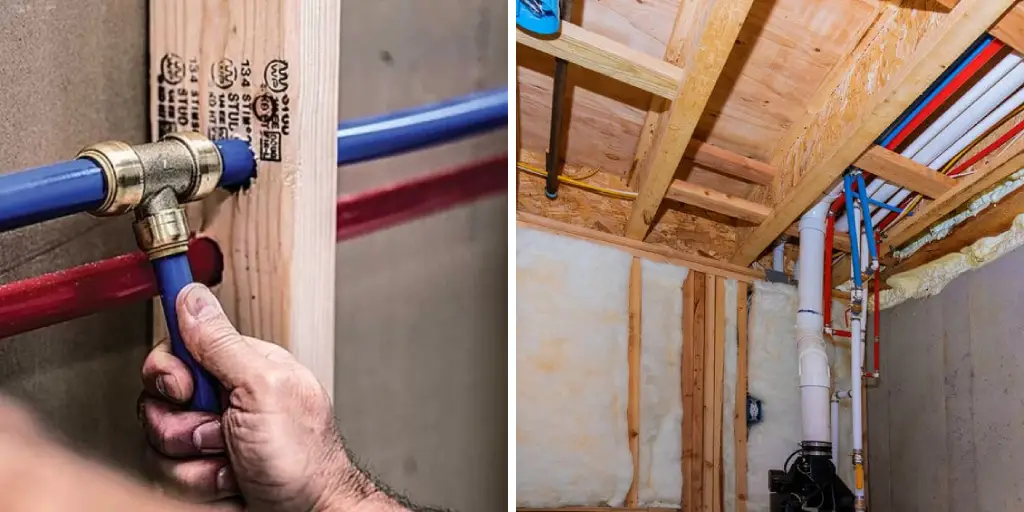
“How does repiping work?” is a common question among homeowners seeking to understand this comprehensive plumbing project.
In essence, repiping involves removing existing pipes, both hot and cold water lines, and replacing them with new ones. The goal is to enhance the plumbing system’s efficiency and ensure a reliable water supply.
Repiping may require careful planning, choice of suitable materials, and professional plumbing skills to ensure a successful transformation of the plumbing infrastructure. This article will delve into the intricacies of repiping, providing insights into the steps, materials, and considerations involved in this essential plumbing process.
The Need for Repiping in Plumbing Systems
Repiping is a term used in the plumbing industry to describe the process of replacing old and damaged pipes with new ones. This may involve removing all or part of the existing piping system, depending on its condition. While some people may think that repiping is only necessary for older homes, it can also be necessary in newer homes due to various factors such as poor quality pipes or improper installation.
Signs that Repiping is Needed
There are certain signs that indicate the need for repiping in a plumbing system. These include:
- Frequent leaks: If you find yourself constantly dealing with leaks in your home, it may be a sign that your pipes are deteriorating and need to be replaced.
- Low water pressure: If you notice a decrease in water pressure, it could be due to clogged or damaged pipes that need to be replaced.
- Discolored water: Brown or rust-colored water coming out of your faucets is a sign of corrosion and a potential need for repiping.
- Strange noises: If you hear loud banging or clanging noises when using your plumbing fixtures, it could be a sign that your pipes are worn out and need to be replaced.
- Foul smell: A strong, unpleasant odor coming from your drains could indicate a buildup of debris in your pipes, which may require repiping.
10 Methods How Does Repiping Work
1. Shut Off Water Supply
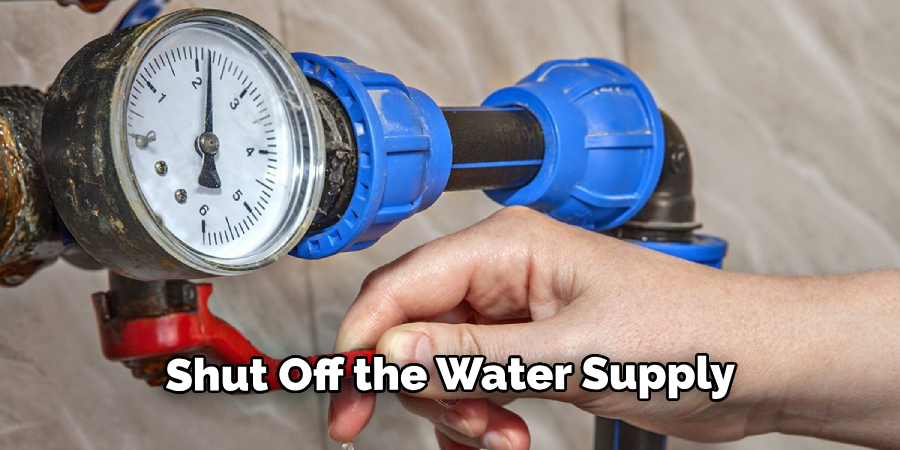
The first step of a repiping job is to shut off the water supply to the home or building. This can be done either by turning off the main water valve or by shutting off individual valves located near each fixture. Once the water is shut off, the plumber will then drain all of the remaining water from the pipes in order to prevent any damage during the repiping process.
2. Remove Old Pipes
Once all of the water has been drained, the plumber will then remove all of the old pipes from the walls and floors. Depending on how extensive the job is, this could take anywhere from a few hours to a full day. During this time, it’s important to keep an eye out for any signs of mold or mildew that may have developed due to leaking pipes or faulty connections.
3. Inspect Pipes
After all of the old pipes have been removed, it’s important for a plumber to inspect them for any damage or corrosion that may have occurred over time. This inspection will help determine if any additional repairs need to be made before replacing them with new piping materials. A visual inspection, as well as pressure testing, will typically be performed to identify any areas of weakness or leaks.
4. Install New Piping Materials
Once everything has been inspected and cleared for installation, a plumber can begin installing new piping materials such as copper, PVC, PEX, and other types of plastic piping systems. Depending on what type of system is being installed, each pipe must be cut and fitted into place before being secured with fittings and adhesives.
5. Test System For Leaks
After all of the new piping materials have been installed, it’s important for a plumber to test them for leaks before turning on the water supply again. This can be done using pressure tests or by using special tools such as infrared cameras that detect heat loss from leaking pipes or fittings.
The plumber will also check for any loose or improperly connected pipes, as well as ensure that all connections are secure and properly sealed. Once the system has been tested and approved by the plumber, it’s safe to turn on the water supply and begin using your newly repiped home.
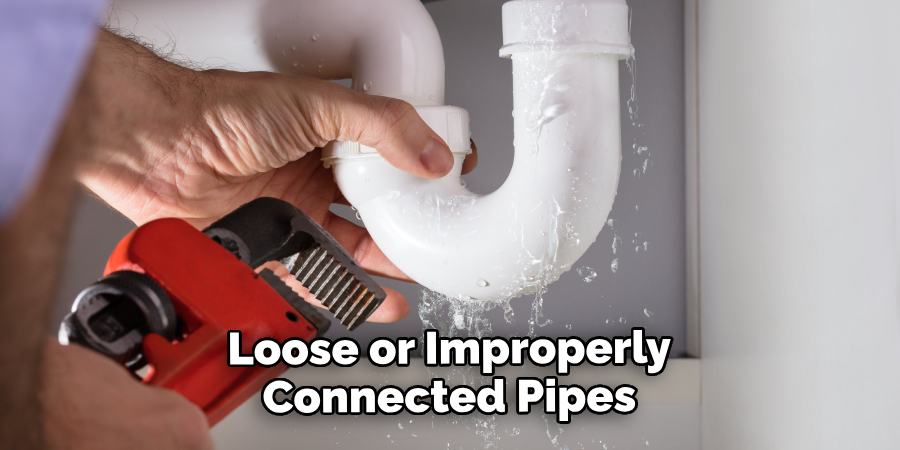
6. Turn On Water Supply
Once everything has been tested and cleared for use, a plumber can turn on the main water supply again and check for any leaks or problems with fixtures throughout the home or building.
If any issues are found during this process, they should be addressed immediately in order to prevent further damage down the line. It is important to follow the proper steps during this process to ensure a smooth and successful repiping project.
7. Run Hot Water Through System To Flush Out Sediment
After everything has been tested and cleared for use, it’s also important to run hot water through each fixture in order to flush out any sediment that may have built up over time in older plumbing systems. Doing so not only helps ensure that there are no clogs but also helps improve overall efficiency by reducing resistance within each piping system when hot water flows through them more easily than cold water does.
8. Install Insulation Around Pipes To Reduce Condensation
After everything has been tested and cleared for use, insulation should also be installed around certain pipes in order to reduce condensation buildup, which can lead to corrosion over time.. The type of insulation used depends on where it needs to be installed as well as what type of material was used when installing new piping materials.
9. Install Access Panels For Future Repairs & Maintenance
Once everything has been tested and cleared for use, access panels should be installed throughout different areas in order to allow easy access for future repairs and maintenance work.
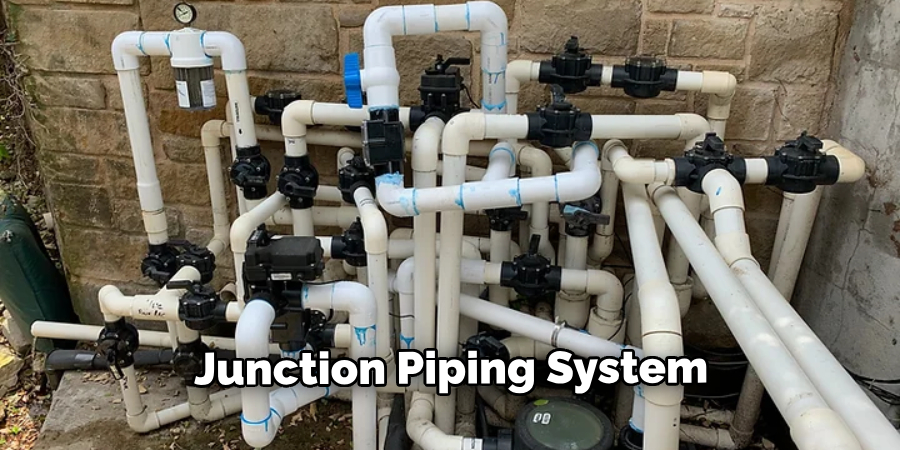
These panels typically come pre-made but can also be custom-made depending on where they need to go. Access panels should be placed near each shut-off valve, as well as at any bend or junction in the piping system. This will allow for easy access without having to cut into walls or ceilings, minimizing damage and cost of future repairs.
10. Check For Any Code Violations and make Necessary Changes As Needed
Finally, once everything has been tested and cleared for use, it’s important to check if there were any code violations during installation as well as make necessary changes if needed.. This includes making sure all fixtures are properly connected with appropriate materials, such as copper fittings rather than plastic ones since plastic fittings are not up-to-code in some areas.
Things to Consider When Doing Repiping Work
Repiping is a process where old and damaged pipes are replaced with new ones. This is typically done in older homes or buildings where the existing plumbing system is deteriorating due to age, wear and tear, or corrosion. Repiping can also be necessary if there are frequent leaks or low water pressure in the building.
If you are planning on doing repiping work, it is important to consider the following factors:
Type of pipes
Before starting any repiping work, it is crucial to determine what type of pipes are currently in use and what type will be used for replacement. There are various types of pipes available such as copper, PEX, PVC, and galvanized steel. Each has its own advantages and disadvantages in terms of cost, durability, and ease of installation. Consult with a professional plumber to determine which type of pipes would be the most suitable for your building.
Size of pipes
Another important factor to consider is the size of the pipes. The size of the pipes will depend on the water flow requirements of your building. Installing pipes that are too small can lead to low water pressure, while installing pipes that are too large can result in wasted water. A professional plumber will be able to properly calculate the required pipe diameter for your building.
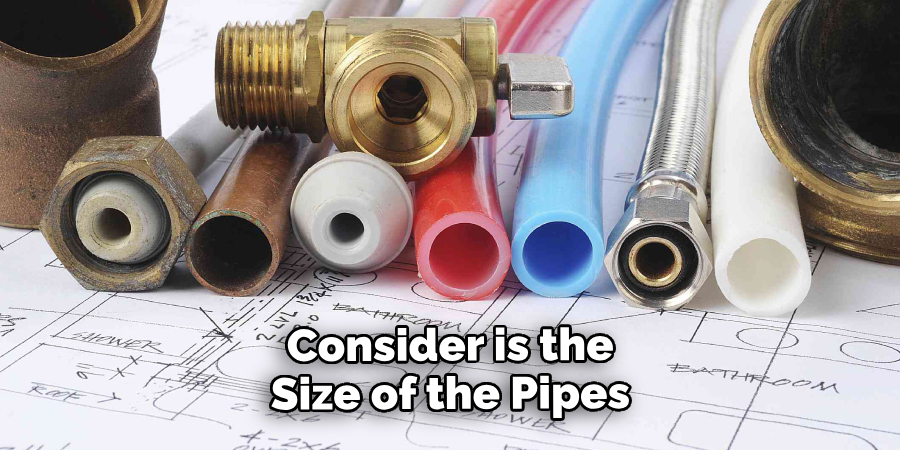
Cost
Repiping can be a major investment, so it is important to carefully consider the cost. The cost of repiping will depend on factors such as the size of the building, type of pipes used, and complexity of the installation. It is important to get multiple quotes from different plumbers and compare their estimates before making a decision.
Conclusion
All things considered, repiping can provide homeowners with a great long-term solution when it comes to maintaining their plumbing system. It’s efficient, cost-effective, and can help put your mind at ease knowing that you won’t have to deal with plumbing issues down the line.
However, if you think that repiping may be the right choice for you, make sure you consult an expert before attempting any repairs on your own as they will be able to help diagnose your problem and determine what steps must be taken.
In any case, learning how does repiping work is something that all homeowners should take time to understand in order to stay ahead of any potential problems. Thanks for reading and if you’d like more information on how does repiping work then get in touch with us today!

